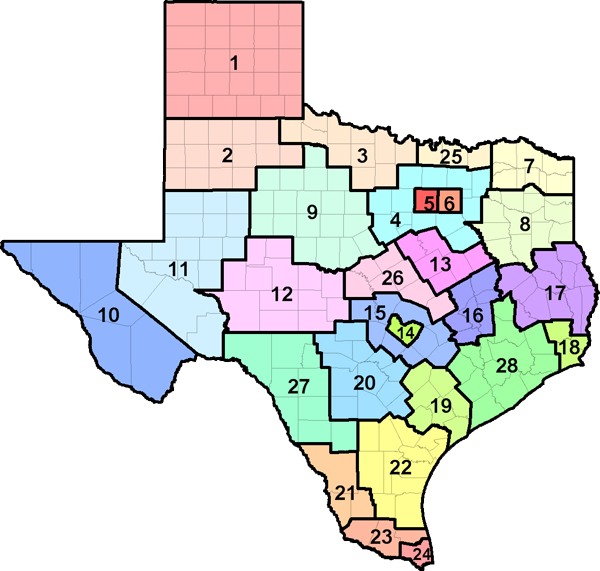The U.S. Department of Labor has developed an automated occupational information database, O*NET, that identifies and describes work content, work skills, and training requirements for all jobs across the country in all sectors of the economy. Much of the occupational information contained in this report is derived directly from the O*NET database, and supplemented with information from the Bureau of Labor Statistics, Census Bureau, and Labor Market and Career Information.

| Industry | % of Electric Motor, Power Tool, and Related Repairers employed | Annual Growth Rate |
|---|---|---|
| Commercial machinery repair and maintenance | 16.6 | 0.36 |
| Electrical equipment manufacturing | 6.1 | 0.00 |
| Machinery, equipment, and supplies merchant wholesalers | 5.6 | 0.00 |
| Building equipment contractors | 5.2 | 0.00 |
| Other amusement and recreation industries | 3.5 | 0.00 |
| 2024 Statewide average hourly wage | $26.91 |
| 2024 National average hourly wage | $27.32 |
| 2022 National employment | 16,100 |
| 2022 Texas employment | 1,844 |
| Texas projected employment by 2032 | 2,091 |
| Texas projected annual employment and Turnover openings through 2032 | 179 |

| Region | Employment | Projected Employment 2032 | Projected Annual Openings 2032 |
Annual Growth Rate |
Average Income |
|---|---|---|---|---|---|
| Texas (all regions) | 1,844 | 2,091 | 179 | 1.27% | $55,980.00 |
| Top 10 Relevant Knowledge Areas | Relevant Importance Levels |
|---|---|
| Mechanical Knowledge of machines and tools, including their designs, uses, repair, and maintenance. |
|
| Production and Processing Knowledge of raw materials, production processes, quality control, costs, and other techniques for maximizing the effective manufacture and distribution of goods. |
|
| English Language Knowledge of the structure and content of the English language including the meaning and spelling of words, rules of composition, and grammar. |
|
| Administration and Management Knowledge of business and management principles involved in strategic planning, resource allocation, human resources modeling, leadership technique, production methods, and coordination of people and resources. |
|
| Customer and Personal Service Knowledge of principles and processes for providing customer and personal services. This includes customer needs assessment, meeting quality standards for services, and evaluation of customer satisfaction. |
|
| Mathematics Knowledge of arithmetic, algebra, geometry, calculus, statistics, and their applications. |
|
| Education and Training Knowledge of principles and methods for curriculum and training design, teaching and instruction for individuals and groups, and the measurement of training effects. |
|
| Public Safety and Security Knowledge of relevant equipment, policies, procedures, and strategies to promote effective local, state, or national security operations for the protection of people, data, property, and institutions. |
|
| Engineering and Technology Knowledge of the practical application of engineering science and technology. This includes applying principles, techniques, procedures, and equipment to the design and production of various goods and services. |
|
| Administrative Knowledge of administrative and office procedures and systems such as word processing, managing files and records, stenography and transcription, designing forms, and workplace terminology. |
| Top 10 Relevant Skill Areas | Relevant Importance Levels |
|---|---|
| Repairing Repairing machines or systems using the needed tools. |
|
| Equipment Maintenance Performing routine maintenance on equipment and determining when and what kind of maintenance is needed. |
|
| Troubleshooting Determining causes of operating errors and deciding what to do about it. |
|
| Quality Control Analysis Conducting tests and inspections of products, services, or processes to evaluate quality or performance. |
|
| Equipment Selection Determining the kind of tools and equipment needed to do a job. |
|
| Critical Thinking Using logic and reasoning to identify the strengths and weaknesses of alternative solutions, conclusions, or approaches to problems. |
|
| Complex Problem Solving Identifying complex problems and reviewing related information to develop and evaluate options and implement solutions. |
|
| Operations Monitoring Watching gauges, dials, or other indicators to make sure a machine is working properly. |
|
| Operation and Control Controlling operations of equipment or systems. |
|
| Judgment and Decision Making Considering the relative costs and benefits of potential actions to choose the most appropriate one. |
| Top 10 Relevant Abilities | Relevant Importance Levels |
|---|---|
| Finger Dexterity The ability to make precisely coordinated movements of the fingers of one or both hands to grasp, manipulate, or assemble very small objects. |
|
| Problem Sensitivity The ability to tell when something is wrong or is likely to go wrong. It does not involve solving the problem, only recognizing that there is a problem. |
|
| Near Vision The ability to see details at close range (within a few feet of the observer). |
|
| Manual Dexterity The ability to quickly move your hand, your hand together with your arm, or your two hands to grasp, manipulate, or assemble objects. |
|
| Arm-Hand Steadiness The ability to keep your hand and arm steady while moving your arm or while holding your arm and hand in one position. |
|
| Information Ordering The ability to arrange things or actions in a certain order or pattern according to a specific rule or set of rules (e.g., patterns of numbers, letters, words, pictures, mathematical operations). |
|
| Deductive Reasoning The ability to apply general rules to specific problems to produce answers that make sense. |
|
| Inductive Reasoning The ability to combine pieces of information to form general rules or conclusions (includes finding a relationship among seemingly unrelated events). |
|
| Visualization The ability to imagine how something will look after it is moved around or when its parts are moved or rearranged. |
|
| Visual Color Discrimination The ability to match or detect differences between colors, including shades of color and brightness. |